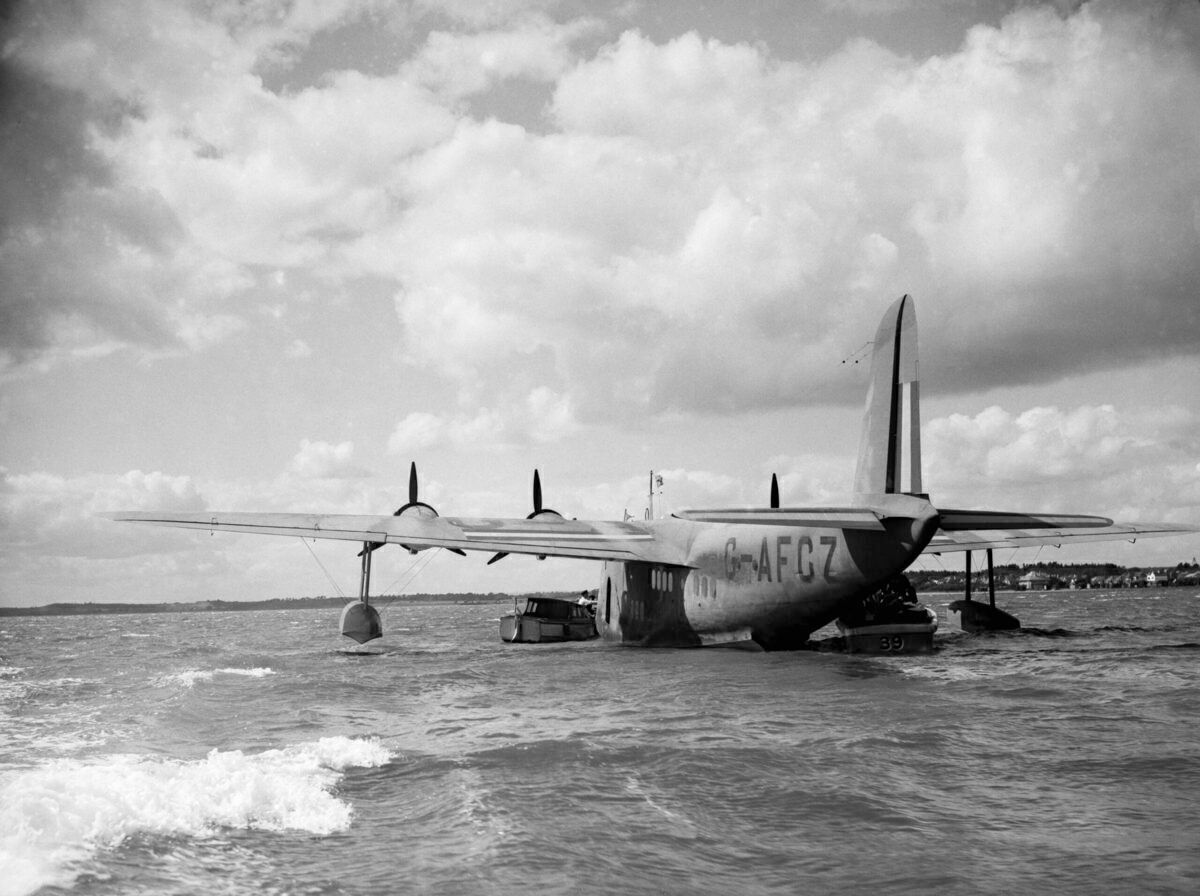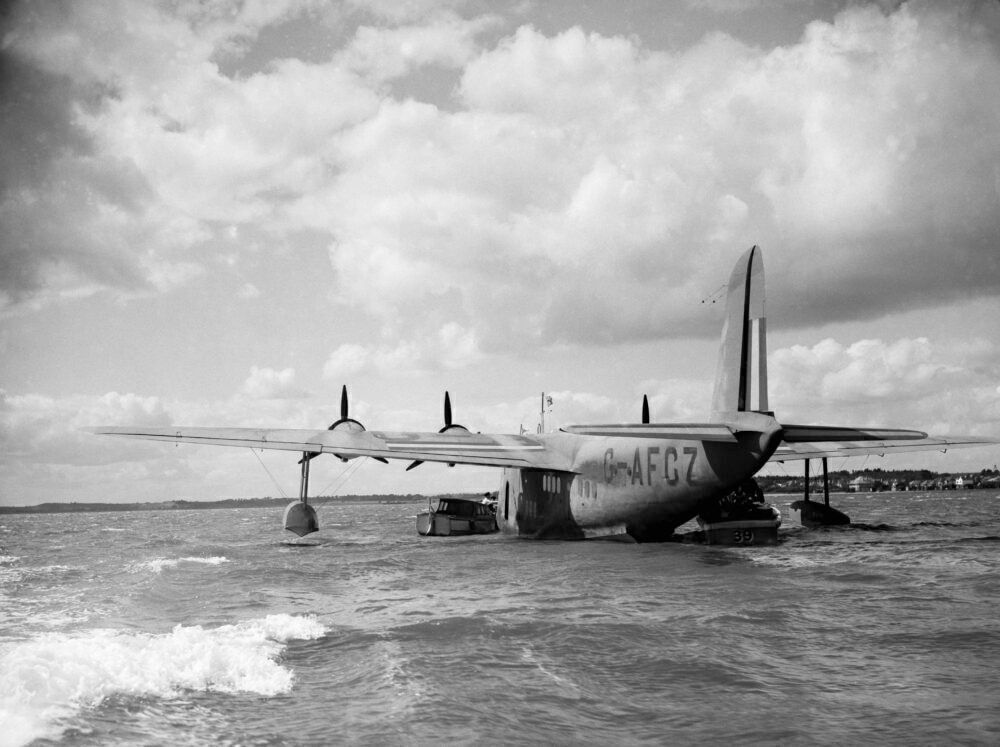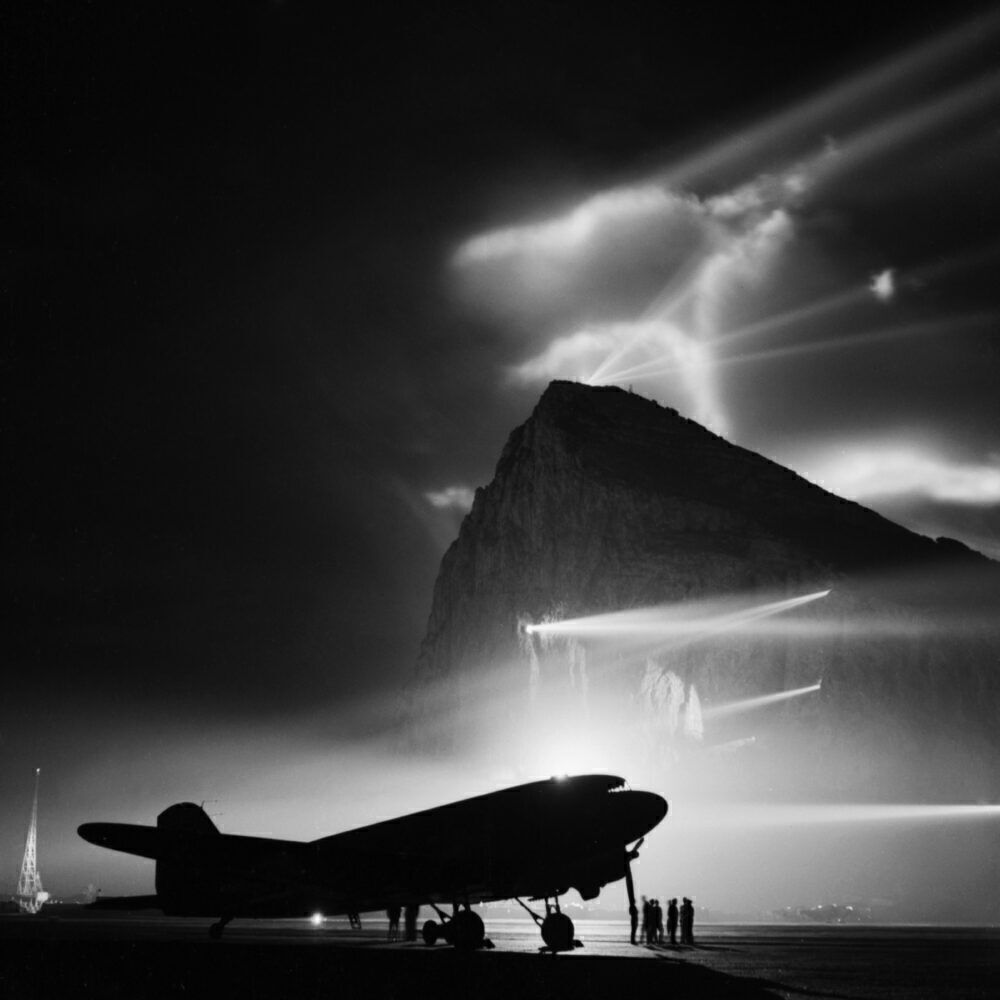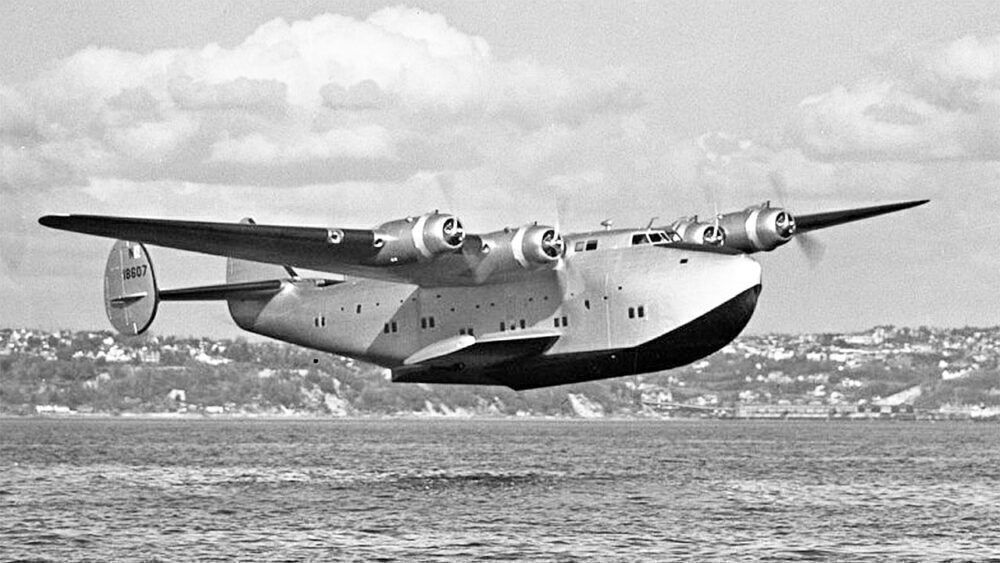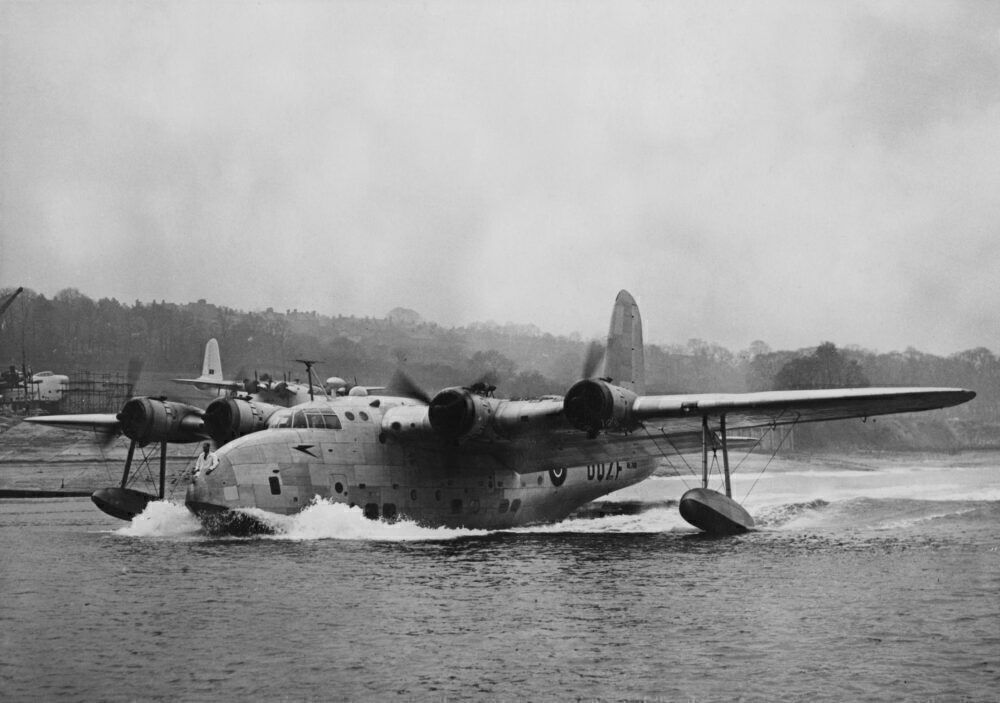Today marks 76 years since the end of World War II in Europe. As numerous countries across the globe observe Victory in Europe Day (VE Day), we thought we’d look at how a historic airline operated during the realm of the Second World War. Notably, British Overseas Airways Corporation (BOAC) was founded soon after the war started and was even part of some significant events during the period.
Special services
In September 1939, Imperial Airways and British Airways Ltd had been working together following the relocation of their operations from London to Bristol amid the start of WWII. Thus, on November 24th, 1939, BOAC was formed by an Act of Parliament in a bid to nationalize the airlines into one outfit.
Operations commenced on April 1st, 1940. However, naturally, most public air services were suspended amid the conflict. So, BOAC used its extensive fleet of flying boats to transport government and military figures to the likes of North America. The British Airliner Collection at Duxford notes that the airline’s pilots used Consolidated Liberator bombers to return ferry pilots from Prestwick to Montreal after they brought new war aircraft across the Atlantic.
The Royal Canadian Air Force shipped bombers to the UK. Pioneers such as Clyde Pangborn offered their services to these efforts, marking the first operations to cross the Atlantic by land planes.
BOAC also undertook various important but unusual tasks during wartime. For instance, it sent pilots from Scotland to neutral Sweden. Here they would pick up cargo that included ball-bearings that would be used in the war. Initially, the pilots used Lockheed 14 aircraft, but from February 1943, unarmed Mosquitos were deployed.
Global links
Importantly, the carrier kept the United Kingdom connected with its colonies at the time. It also helped keep the country tied with its other allies. The airline was referred to British Airways at times, even before the company would transform into an operation that would officially go by this name. Its aircraft were branded with the famous Speedbird symbol, often complemented by the Union Flag.
In May 1940, BOAC’s C Class Flying boats, Caribou and Cabot, were bombed in Norway. During this period, crews provided food to France for UK troops cut off by German soldiers. Following the Fall of France, international routes were further impacted amid the lack of connectivity in Europe. So, the airline started a weekly 'Horseshoe' route from Durban to Sydney via Cairo and Karachi. Later that year, C Class Flying boat operations connected Poole with Lagos. This was part of the route across Central Africa to Durban.
The Air Transport Auxiliary (ATA) was founded in May 1938 and was then organized into an operational unit at the outbreak of WWII. BOAC became responsible for this in October 1941, and by the time the war ended in 1945, it had delivered 308.567 aircraft of 147 different types since 1940.
1942 got off to a busy start for BOAC. It would fly the UK’s prime minister, Winston Churchill, using a Boeing 314 flying boat. Registration G-AGCA, captained by J C Kelly Rogers, the unit took off from Bermuda to land in Plymouth. Despite the strong start to the year, the war would further hinder the airline’s operations. Japan took control of Singapore, meaning that the airline could no longer fly to Australia via Singapore.
Showing its determination
Nonetheless, the carrier wasn’t afraid of flying across enemy territory for the right cause. It started flying over German-occupied Norway between Leuchars and Stockholm to bring back vital cargo.
BOAC then started flying Short S25 Sunderland III flying boats to West Africa. However, the route was suspended in October 1943, and a UK-Cairo-Karachi service was launched. Crews on this route were given military status due to the operations in military regions.
Overall, BOAC continued to launch routes heading towards the end of the war. It began flying to Moscow via North Africa and Iran. Impressively, it made approximately 270 flights to the Western Desert during the first half of 1943. Other scale-ups include flights to Lisbon and Gibraltar with Douglas DC-3s and flights to Cairo via Rabat and Tripoli with Avro Yorks.
In 1945, BOAC aircraft could be seen in all corners of the world. The airline even made a survey flight to South America with its Avro Lancastrian aircraft.
Stay informed: Sign up for our daily and weekly aviation news digests.
A new era emerges
As the war came to an end, the new government wanted three state airlines to cover operations. British Airways shares that officials wanted BOAC to carry on to flying on routes across the British Empire, North America, and the Far East. British European Airways (BEA) was tipped for European and national operations. Finally, British South American Airways (BSAA) was billed to fly on South American and Caribbean routes.
Wartime restrictions had ended by the time 1946 got underway. Around this time, the carrier flew modified Sunderlands, Lockheed Lodestars, Douglas DC-3s, and Liberators. It also held Avro Lancastrians, Handley Page Haltons, and Avro Yorks. The airline would also be part of some crucial aircraft experiments, such as the launch of the first-ever commercial jet, the de Havilland Comet, which was also a product inspired by events during WWII.
Altogether, BOAC's ambitious efforts during WWII can't be understated. One of the many achievements was the transportation of 6,000 passengers between Stockholm and the UK during the six years of the war. This feat is just one of many accomplishments of the airline during this significant period in modern history.
What are your thoughts about BOAC’s operations during World War II? What do you make of the history of the airline? Let us know what you think of the carrier in the comment section.

